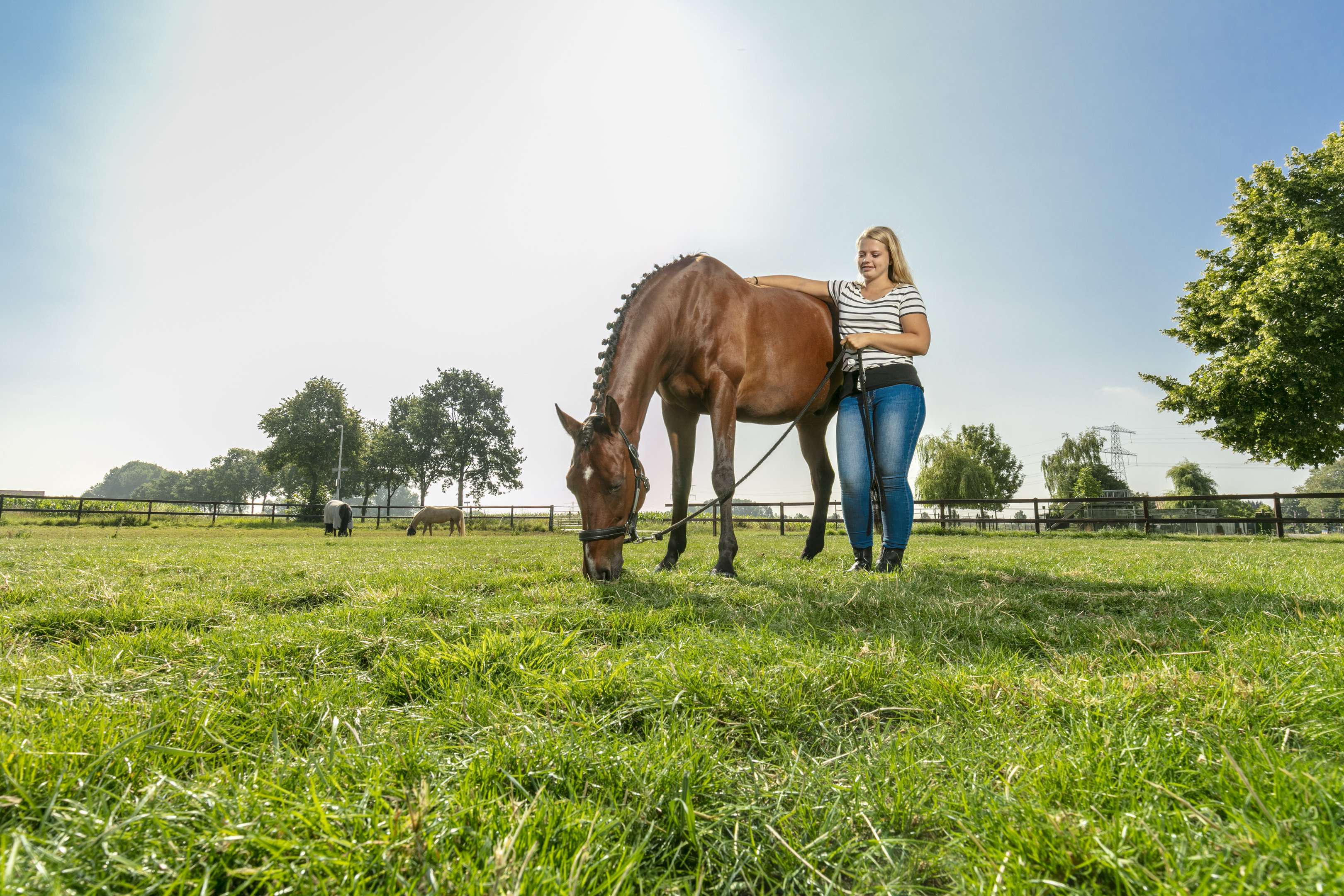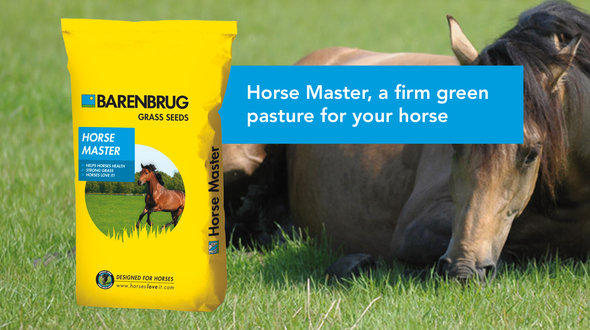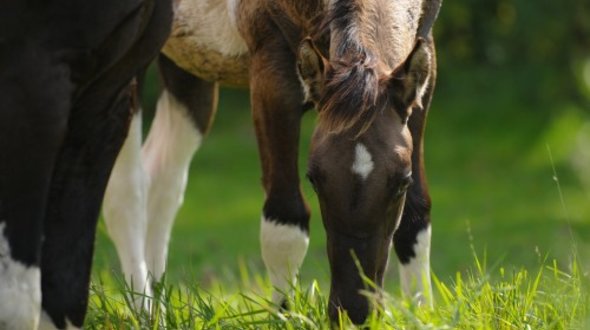Horses need trace elements and minerals such as selenium, zinc, phosphorus, copper and manganese to perform properly. Most horses are given these trace elements and minerals via concentrates, but if you fertilise your grass with these minerals, your horses may also be given them via that grass. Horses readily take up minerals from the grass. Grass of pastures that are not fertilised, such as natural pastures, has a high fructan content and often a distorted ratio of trace elements and minerals. Nitrogen is required for the production of protein. If a grass plant receives insufficient nitrogen, it will produce fructan instead of protein. So never feed your horse hay or silage from natural pastures, but exclusively from pastures with good horse grass that has been well fertilised. Soil analysis is important for determining your fertilisation strategy and the required doses of trace elements. Ask your fertiliser supplier for the best available fertilisers and their recommended doses.






